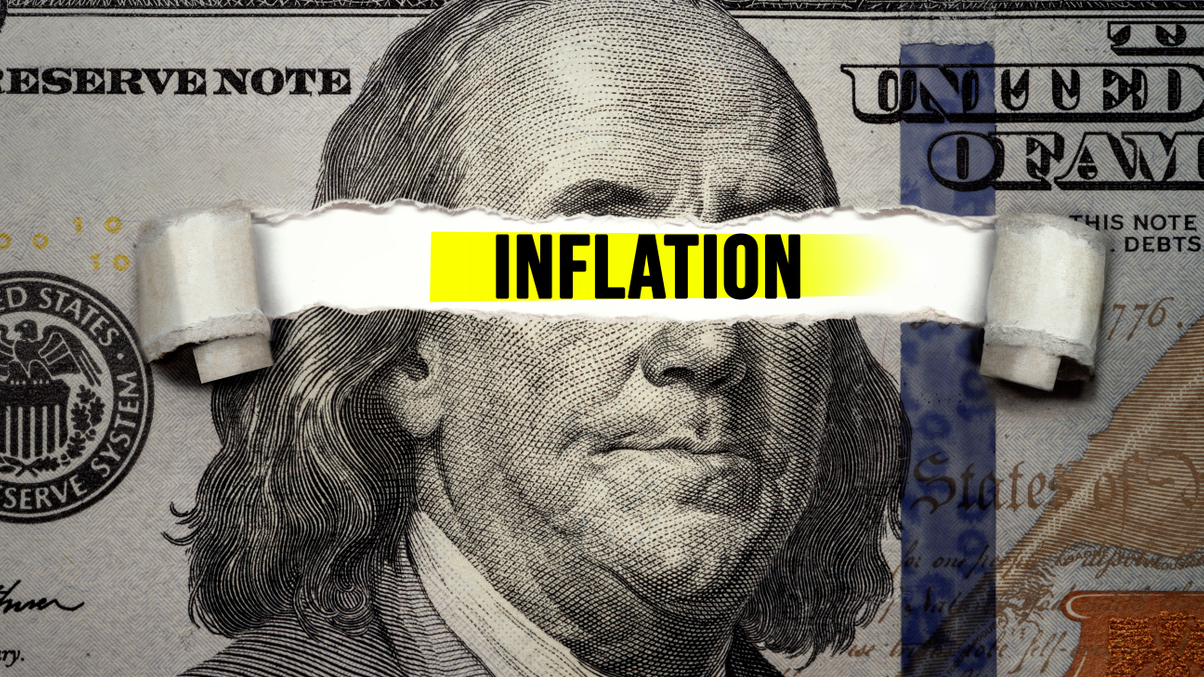Inflation outlook 2022: riding out the storm with real assets
Real estate, infrastructure, and natural resources that are linked to rising prices and have a low correlation to economic activities can help investors mitigate risks amid inflation, or even stagflation.

Inflation will be closely watched by asset owners going into 2022, and even if stagflation was to hit the market, investors see diversified real assets across the globe as the best solution to ride through inflationary pressures. These assets will not be an all-round salve, but they are expected to help blunt the impact.
Sign In to Your Account
Access Exclusive AsianInvestor Content!
Please sign in to your subscription to unlock full access to our premium AI resources.
Free Registration & 7-Day Trial
Register now to enjoy a 7-day free trial—no registration fees required. Click the link to get started.
Note: This free trial is a one-time offer.
¬ Haymarket Media Limited. All rights reserved.


